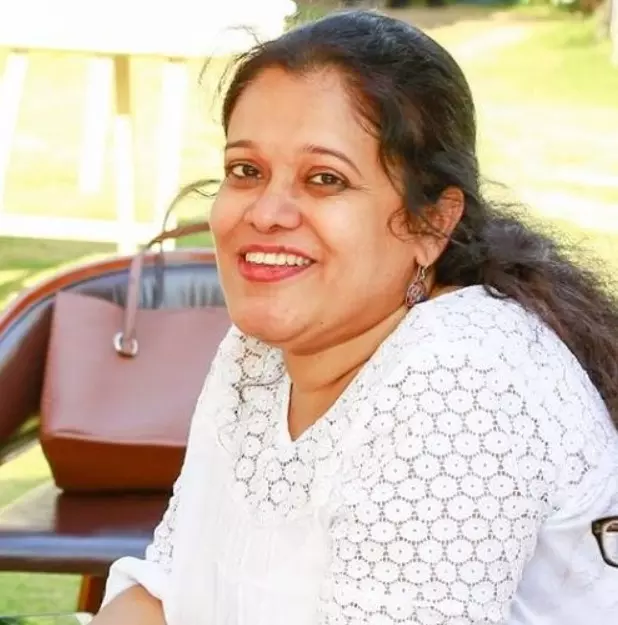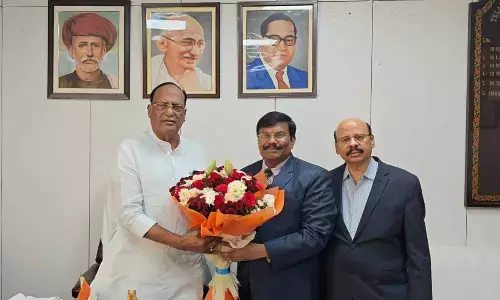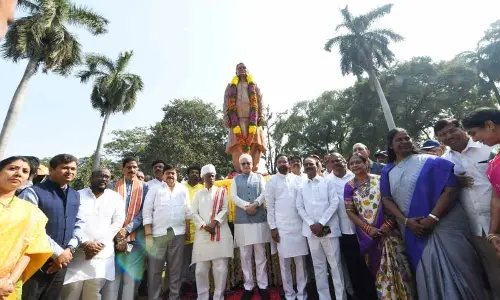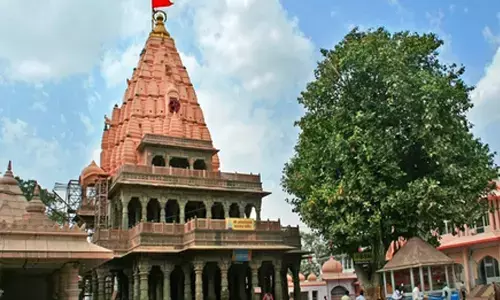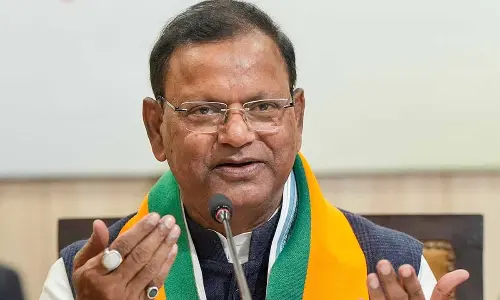The not so peaceful 'Smiling Buddha'
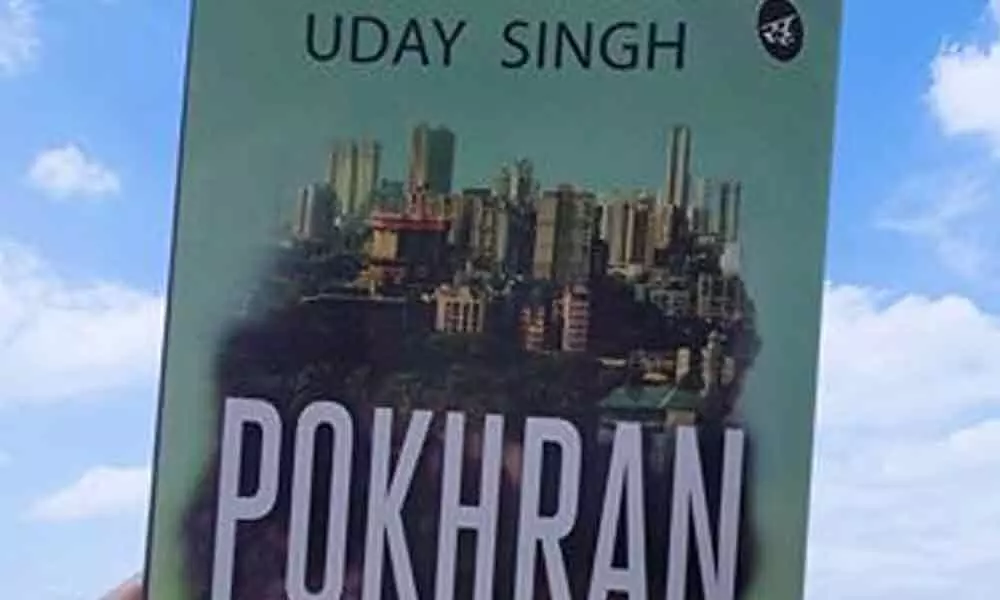
Pokharan Novel
US-based author Uday Singh's book, ‘Pokhran’ is a fictional story based on the important event that made India a nuclear power
Intro: US-based author Uday Singh's book, 'Pokhran' is a fictional story based on the important event that made India a nuclear power
/…….
One of the first steps that India took on its nuclear journey was on September 7, 1972. The then Prime Minister of India, Indira Gandhi authorised scientists at the Bhabha Atomic Research Centre (BARC) to detonate an indigenously designed nuclear device. On May 18, India is observing the 46th anniversary of its first nuclear test in Rajasthan's Pokhran on Monday. The peaceful nuclear test was codenamed the 'Smiling Buddha' and conducted on May 18, 1974. It made India a nuclear power.
This year, India observed the 46th anniversary of its first nuclear test in Rajasthan's Pokhran, the peaceful nuclear test, what is popularly known with the code name, 'Smiling Buddha' this year.
US-based philosopher, economist and author Uday Singh's book, 'Pokhran (Srishti Publishers) is a fictional story based on this important event that made India a nuclear power. The book expertly blends real life events with fiction and dives right into the heart of this conspiracy surrounding the radioactive fallout, and takes us on a journey of uncovering long buried secrets.
Here's an extract from the book, reliving the moment when the test actually happens:
"Anish, the "Smiling Buddha" is all yours," Balbir handed over the authorization papers to Anish Saxena, a tall lanky man in his fifties with sunken eyes and an elongated face. A mask was covering his nose and mouth, and gloves over his hands made him look like a surgeon about to go into the operating theatre. He was the commanding officer for hooking up the detonation coils, sensors and performing countdown checks prior to the detonation of the device.
Anish and his team of electrical engineers had practised this task with a blank prototype in preparation for this day. They were ready, or at least as ready as they could possibly be. There was a ton of TNT loaded in the bomb and there was no room for error.
"Take off the tarpaulin," Anish ordered, revealing the bomb as Balbir looked on. This was the first time Balbir got to lay his eyes on the "Smiling Buddha", as it was hoisted on a concrete block with a curved surface to accommodate the spherical shape of the bomb that was about four feet across and weighed about one- and-a-half tons. Balbir's chest swelled with pride at being a part of this historic moment for India.
"We have exactly one hour to hook up the twenty detonators to the detonation coil and start the yield gauges and the sensors. Go!" Anish blasted the order and his team got busy connecting the bomb to the central distribution coil that was connected to the switch in the basement of Fort Balagarh.
Their practice and expertise was on full display as the team moved about effortlessly, completing about a thousand electrical connections in less than one hour, and by the time the clock
struck 4 a.m., they all had stopped working. The bomb was all connected and ready to be powered up.
Anish and Balbir thanked their teams for a job well done and got into the military jeep that was waiting to take them to the basement in the Pokhran fort.
Back at the fort, the officers and scientists started trickling into the Command Centre, a windowless large room in the basement with pink granite walls, makeshift chairs and tables arranged like in a classroom, and getting themselves comfortable in their designated stations monitoring the various aspects of detonating the bomb and collecting data from the gauges and the sensors before and after the blast. The waiters were around to serve coffee, tea and snacks for anyone who was up so early in the morning.
At the head of the makeshift Command Centre were ten television sets, with nine of them showing the footage of Ground Zero from different angles on the surface and one showing the bomb itself as it sat beautifully nestled in its concrete bed.
Narendra, in a crisp white shirt and perfectly parted grey hair, looked well rested, even though he had hardly slept, coordinating the delivery and installation of the bomb in its place throughout the night.
In stark contrast, Subramaniyam – with his groggy eyes and dishevelled hair – looked even more like an absent-minded professor than he did on the previous night at the dinner. His mind was restlessly running through the various aspects of the bomb design and detonation sequences, and the potential consequences if the test failed. And more importantly, the consequences if it succeeded!
Despite the wee hours of the morning, the excitement and the energy in the room was palpable. As the clock struck 4:00, Narendra asked, "Are we ready to begin running the tests?" looking at Subramaniyam.
Subramaniyam nodded in agreement, and signalled his team to start the tests.
"Structural integrity, OK," reported the mechanical engineering team.
"Seismographs in all the locations, OK," came the geology team.
"Detonation coil 1, OK." And so on, the reports started coming in from the different teams monitoring different aspects of the "Smiling Buddha".
By 8:00, the warm sun was already up, and villagers were going about their morning chores oblivious of the very thing that was to change their lives forever. The tests were complete and all the systems were ready to go.
Suddenly, the silence and the anticipation in the Command Centre was interrupted by the loud ringing of the telephone that was at the centre of the room. Narendra got up from his seat and walked up to the telephone as if he was waiting for this call.
"Ms Prime Minister, we are all set to go. Do we have your confirmation?" he asked of the caller.
"Yes, you have my confirmation. Good luck and make us proud. Jai Hind!" The sure voice of Mrs Gandhi, the then Indian Prime Minister, came over the speakers filling the entire room.
The whole room erupted in applause and shouts of "Jai Hind!" in concert with her.
"Begin the countdown!" echoed Narendra as he hung up the phone.
Once the countdown was complete, Narendra walked up and positioned himself near the red detonation button. Despite his years of military training and forceful personality, one could see his hand tremble as it reached down and pushed the button at precisely 8:05 a.m.
There was a sudden gasp and then total silence in the room. Nobody moved as the anticipation was unbearable. And then,
"BOOM!"

